
Layout, design and features …
You can already tell a lot from the technical data. Here we first see the entire headphone amplifier.
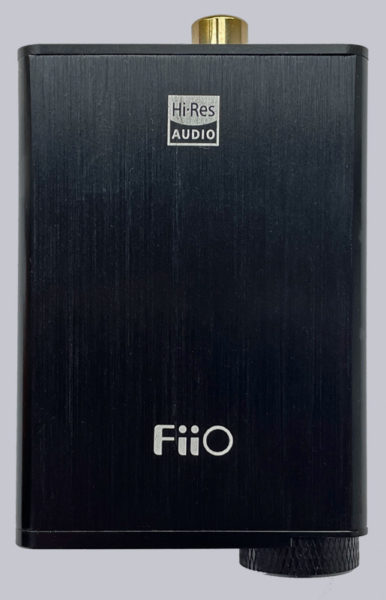
This is how the aluminum case looks from the side.
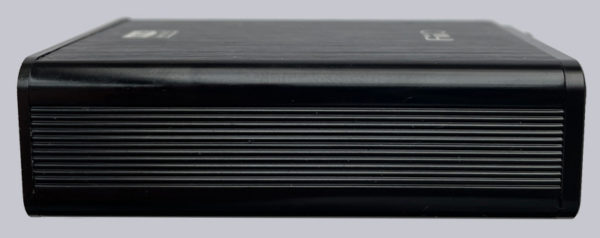
Let’s now take a look at the back of the FiiO E10K-TC. The USB-C input is easy to recognize. This serves as the power supply and is also the connection to establish a connection with a PC or another device, such as an iPad.
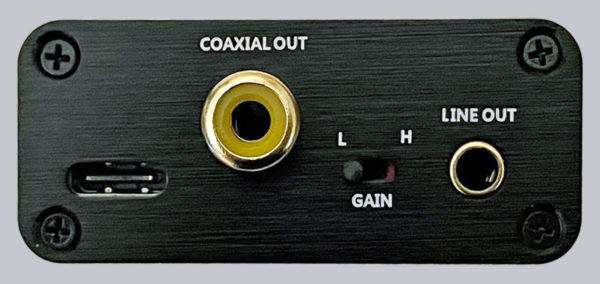
A practical feature is that no additional power supply is required.
A digital coaxial output and an analog line out are available as outputs on the back.
The gain switch is also noticeable. Here you can choose between low and high and thus set the “amplification factor”. This means that the high position is needed for power-hungry headphones.
Of course, you should pay attention to the specifications of the technical data, because there are certainly headphones that require even more power. In this case, you should use a different, more powerful headphone amplifier.
Let’s now look at the FiiO E10K-TC front panel. The front is also very tidy and is actually self-explanatory.
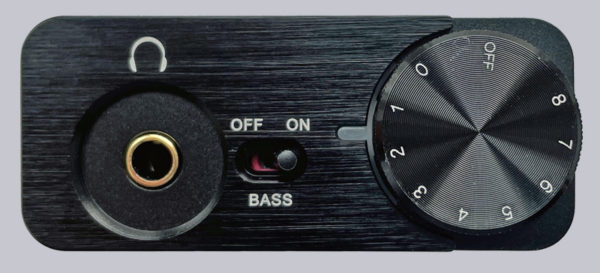
One has a 3.5mm jack socket here for connecting a headphone. However, it should be noted that this is only an output and not an input for a microphone! So if you want to connect a headset with microphone, the microphone does not work.
We solved it on the PC by using a splitter. The microphone plug is then connected directly to the mainboard by means of an extension. Of course, this is only necessary if you use a headset and need the microphone.
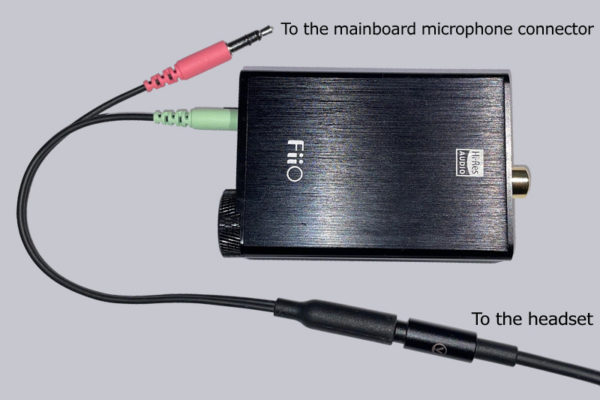
You can boost the bass with the bass boost switch. Whether you want that is of course a matter of taste and also depends on the headphones you use. Many headphones are generally bass-heavy, so you won’t need this function.
The most important control element is the volume control, which also serves as an on/off switch. A blue LED also lights up during operation.
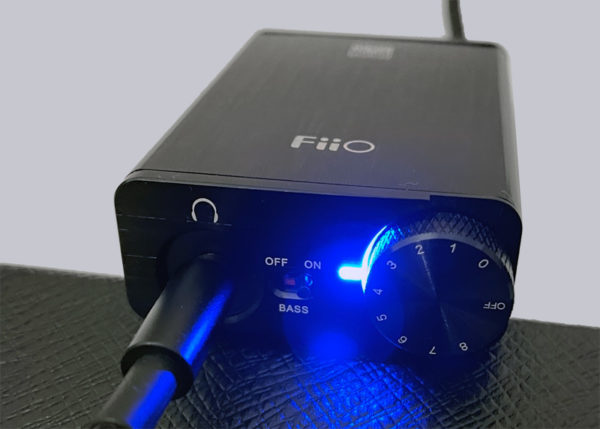
FiiO E10K-TC Practical testing …

